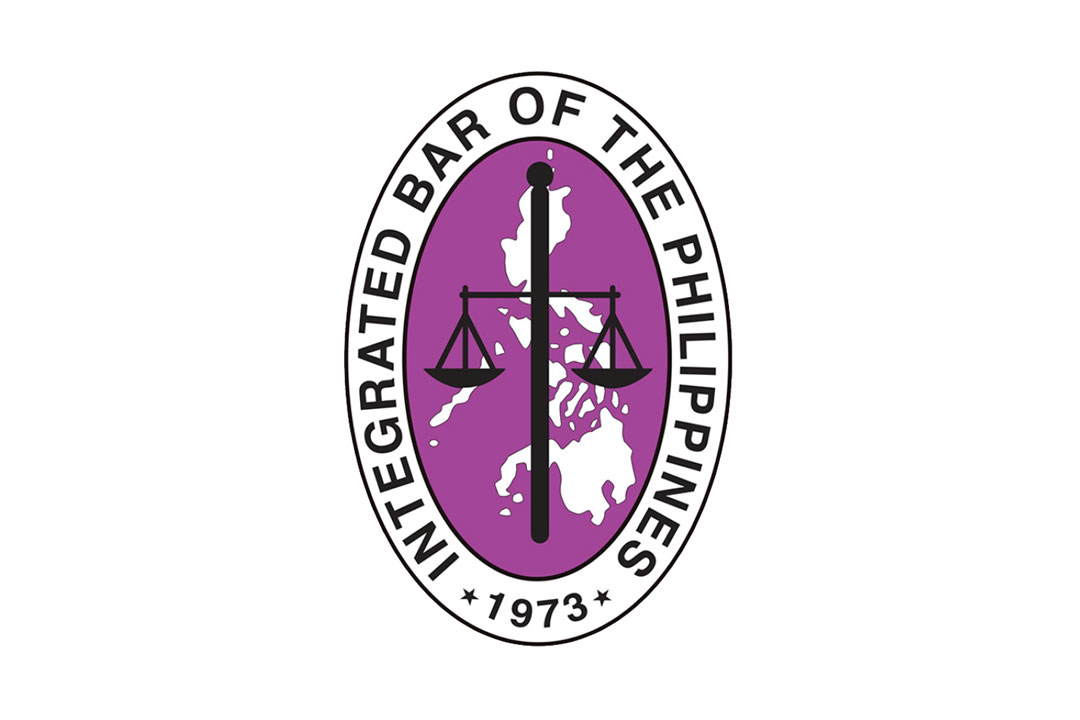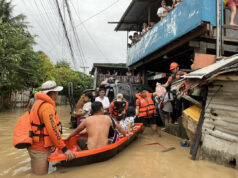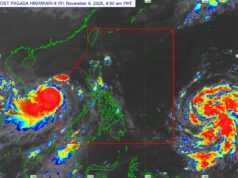PHL lawyers press election body to resolve disqualification cases as prescribed by own rules

LEADERS of the Philippine’s official organization of lawyers on Thursday called on the Commission on Elections (Comelec) to resolve pending disqualification cases of presidential candidates as mandated under the poll body’s own rules to boost the public’s confidence in the electoral process.
The Integrated Bar of the Philippines (IBP), in a statement issued by its Board of Governors, cited provisions of Comelec rules which prescribe a 15-day period to release a decision from the last deliberation.
“The IBP submits that any pending petition for cancellation of COC (certificate of candidacy) or disqualification of a candidate for President must be resolved at the earliest opportunity and within the prescribed period by Comelec itself in order to encourage the people’s confidence in the electoral process,” it said.
The Comelec First Division has yet to release a ruling on consolidated cases seeking to bar presidential candidate Ferdinand “Bongbong” R. Marcos, Jr., son and namesake of the late Philippine dictator, from this year’s elections.
The cases were deemed submitted for resolution on Jan. 17.
IBP said “a timely resolution of any dispute” will allow all parties “to focus on ensuring that the people are able to express their sovereign right in choosing the country’s next President in an informed and free exercise of their vote.”
REORGANIZATION
Meanwhile, Comelec has reorganized its divisions following the vacancies left by its former chairman and two commissioners, it said in a statement on Thursday.
Commissioner Socorro B. Inting was designated as acting chairperson on February 3 until President Rodrigo R. Duterte appoints a new one.
Ms. Inting, formerly a member of the Second Division, will now preside over the First Division with Commissioner Aimee P. Ferolino as member. Ms. Ferolino was previously assigned to write the majority ruling on the pending cases against Mr. Marcos.
Commissioner Marlon S. Casquejo will now head the election body’s Second Division, with Commissioner Rey E. Bulay as member.
Comelec said cases not yet assigned to a division or those filed after Feb. 9 will be raffled to the newly-organized divisions.
Pending cases previously raffled will remain at the designated division.
The election officials who retired Feb. 2 were former commissioners Maria Rowena V. Guanzon and Antonio T. Kho, Jr., and former Chairman Sheriff M. Abas.
Ms. Guanzon, days before her retirement, accused Ms. Ferolino of delaying the release of the majority decision, an allegation that the latter denied, citing caseload.
Ms. Guanzon, who presided over the First Division, said the delay was meant to invalidate her and Mr. Casquejo’s votes.
Comelec is composed of a chairman and six members. Its two divisions have three members each. Decisions issued by the two divisions can be appealed before the seven-member en banc.
SUPER-SPREADER EVENT
In another development, an organization of small fishermen urged the Comelec to investigate the proclamation rally of Mr. Marcos and running mate Sara Duterte-Carpio for possible violations of public health protocols.
The Pambansang Lakas ng Kilusang Mamamalakaya ng Pilipinas (PAMALAKAYA) said in a statement on Thursday that the rally was a super-spreader event held in an indoor venue, which increases the risk for coronavirus transmission.
“We urge the Comelec to implement its poll restrictions fair and square; investigate the Marcos-Duterte tandem who endangered supporters by mobilizing and gathering them in an enclosed area,” PAMALAKAYA National Spokesperson Ronnel Arambulo said.
The tandem launched their campaign at the Philippine Arena, the world’s largest indoor arena in Santa Maria, Bulacan owned by the religious group Iglesia ni Cristo (INC).
Comelec Resolution 10732 provides that campaign activities are classified in line with the pandemic task force’s alert level system. At the time of the event, gatherings were allowed at the indoor venue at 50% capacity. — John Victor D. Ordoñez



